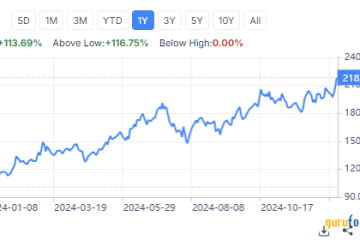BC Ferries: Connecting Communities in British Columbia

Introduction
BC Ferries is a cornerstone of transportation across British Columbia, facilitating travel between the mainland and the numerous islands scattered along the coast. Serving over 22 million passengers annually, BC Ferries is not just a means of transport but a vital part of the province’s economy and social fabric. Its relevance has grown even more in recent years, particularly as tourism rises and the need for connectivity between communities becomes increasingly apparent.
The Importance of BC Ferries
BC Ferries operates a fleet of over 35 vessels and services 47 routes, linking over a dozen major islands with the mainland and each other. Major routes include the Vancouver-to-Victoria route and the routes connecting the Sunshine Coast and Gulf Islands with the mainland. The company’s role extends beyond facilitating leisure travel; it also enables the transport of goods and services, critical for local businesses and economies. Recent data shows that BC Ferries contributes significantly to the economic landscape of British Columbia, supporting thousands of jobs and providing essential services to remote communities.
Recent Developments
In 2023, BC Ferries announced a significant investment of $200 million aimed at modernizing its fleet and infrastructure. This investment comes in response to increasing demands for service reliability and sustainability measures—an important consideration in today’s environmentally conscious age. The initiative includes the introduction of hybrid-electric ferries, which are slated to reduce greenhouse gas emissions by 50%, aligning with British Columbia’s overall target to meet climate goals by 2030.
Challenges Ahead
Despite the bright prospects, BC Ferries faces challenges. Increased traffic, especially during peak summer months and holiday seasons, has led to overcrowding and prolonged wait times. The company has begun exploring potential solutions such as expanded service schedules and reservations systems to alleviate these issues. Additionally, the ongoing impact of global supply chain disruptions poses challenges in securing necessary parts and supplies for their vessels.
Conclusion
BC Ferries continues to be a lifeline for British Columbia, underpinning the region’s transport infrastructure and economy. The upcoming modernization and sustainability efforts are promising steps towards ensuring that BC Ferries not only meets current needs but also prepares for the future. As communities grow and tourism surges, the role of BC Ferries in facilitating connectivity and supporting economic growth will remain crucial, solidifying its place as a vital asset to the province.









